Daily reflections are a valuable practice that helps educators assess and enhance their program while fostering children's development. The following article provides information on the Benefits of Daily Reflection, What To Include In Daily Reflections, Examples and more.
Benefits Of Daily Reflections
-
Evaluate Effectiveness: Daily reflections allow educators to assess whether planned activities achieved their intended learning outcomes. This helps in refining future plans.
-
Understand Children's Needs: Reflections often highlight children's responses, interests, and areas where they may need additional support or encouragement.
-
Track Progress: They provide a continuous record of children's developmental journey and help educators adapt their approaches.
-
Improve Practice: Reflecting helps educators identify what worked well and what could be improved in their teaching methods or activity setups.
-
Support Collaboration: Documenting daily reflections enables meaningful conversations with colleagues and families, creating a shared understanding of children's experiences.
-
Comply with EYLF Requirements: EYLF emphasizes reflective practice as one of its core principles to improve the quality of early learning programs.
You could integrate your reflections into the program by documenting successes, challenges, and ideas for future activities.
What To Include In Daily Reflections
Daily reflections should capture key aspects of the day's activities, experiences, and observations. Here's what to include:
-
Activities and Engagement: Summarize the main activities planned and note how children engaged with them. Were they enthusiastic, curious, or more reserved?
-
Children's Responses: Highlight any specific behaviors, interactions, or achievements that stood out. Did anyone show a new skill or extend their learning in unexpected ways?
-
Learning Outcomes: Connect observations to EYLF learning outcomes, emphasizing how the day's activities supported children's development.
-
Challenges and Improvements: Mention any challenges faced during the day, such as limited interest in a particular activity or group dynamics, and suggest ways to adapt or improve.
-
Feedback from Families: Include any relevant insights from parents or guardians, such as comments about what their children enjoyed or shared at home.
-
Educator Reflections: Reflect on your own practice—what worked well, what could be improved, and how your approach influenced the day's outcomes.
-
Plans for Future: Note ideas or adjustments for upcoming activities based on the day’s observations and reflections.
Daily reflections are not just documentation but tools to enhance learning experiences and guide continuous improvement.
Example Of A Daily Reflection
Here’s an example of a daily reflection for an EYLF program:
Date: April 4, 2025
Reflections:
Today, the children showed a strong interest in the new sensory bin filled with colored rice and small animal figurines. They spent a significant amount of time exploring textures, sorting animals by type, and engaging in imaginative play. This activity supported EYLF Learning Outcome 4: "Children are confident and involved learners," particularly as they demonstrated problem-solving skills and creativity.
A few children extended the play by creating a narrative about the animals traveling through a jungle, showcasing storytelling abilities. This aligns with Outcome 5: "Children are effective communicators."
On the other hand, the outdoor group activity, a beanbag toss game, had mixed success. While a few children actively participated, others seemed disengaged. Reflecting on this, I believe it might help to modify the activity to include more collaborative elements to encourage group interaction.
For tomorrow, I plan to introduce a group storytelling session inspired by today’s sensory play. Additionally, I'll create an obstacle course for outdoor play to engage more children. Parent feedback about children’s preferences will also be sought to refine activity planning.
EYLF Links
-
Outcome 4 - Confident and Involved Learners:
The sensory bin activity supported children's exploration, problem-solving, and creativity. By offering an open-ended activity, you encouraged them to engage deeply and confidently with their environment. -
Outcome 5 - Effective Communicators:
The children's storytelling demonstrates developing communication and language skills. You could build on this by introducing more collaborative and narrative-focused activities. -
Outcome 2 - Connected with and Contribute to Their World (for future planning):
Group storytelling and outdoor obstacle courses foster teamwork, social connections, and shared experiences, aligning with this outcome.
Further Planning Opportunities
-
Collaborative Storytelling:
Expand on their imaginative jungle narrative by introducing props like puppets, costumes, or themed books. Encourage group participation to strengthen social and communication skills. -
Creative Outdoor Play:
Modify the beanbag toss into a teamwork activity—perhaps a relay or group challenge. Alternatively, set up a scavenger hunt that ties in themes from the sensory play (e.g., finding "animals"). -
Nature and Art Integration:
Combine sensory and outdoor play by creating art with natural materials (e.g., leaves, twigs, sand). This supports Outcome 4 and promotes creativity. -
Parent Collaboration:
Send out a simple survey or have informal chats with parents about their children's favorite stories or outdoor interests. This can inspire tailored activities.
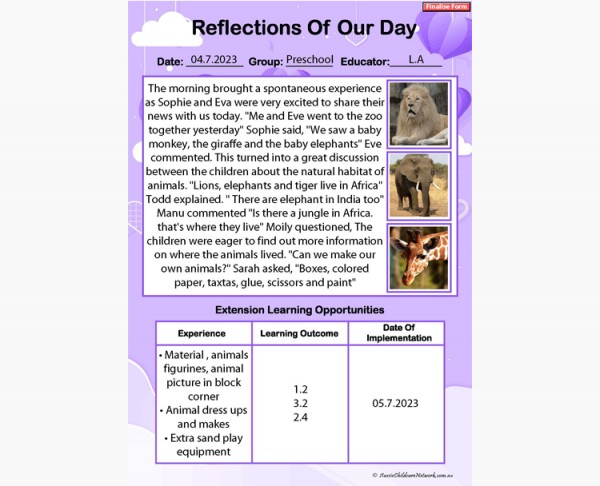
Further Reading
Reflective Practices In Childcare
Reflections In Action Posters
Reflections Of Our Day





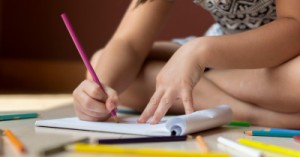

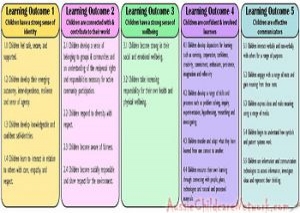 Here is the list of the EYLF Learning Outcomes that you can use as a guide or reference for your documentation and planning. The EYLF
Here is the list of the EYLF Learning Outcomes that you can use as a guide or reference for your documentation and planning. The EYLF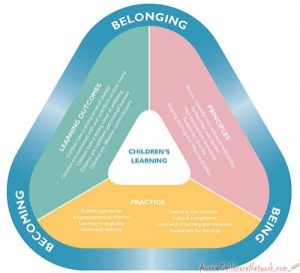 The EYLF is a guide which consists of Principles, Practices and 5 main Learning Outcomes along with each of their sub outcomes, based on identity,
The EYLF is a guide which consists of Principles, Practices and 5 main Learning Outcomes along with each of their sub outcomes, based on identity, This is a guide on How to Write a Learning Story. It provides information on What Is A Learning Story, Writing A Learning Story, Sample
This is a guide on How to Write a Learning Story. It provides information on What Is A Learning Story, Writing A Learning Story, Sample One of the most important types of documentation methods that educators needs to be familiar with are “observations”. Observations are crucial for all early childhood
One of the most important types of documentation methods that educators needs to be familiar with are “observations”. Observations are crucial for all early childhood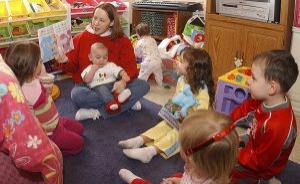 To support children achieve learning outcomes from the EYLF Framework, the following list gives educators examples of how to promote children's learning in each individual
To support children achieve learning outcomes from the EYLF Framework, the following list gives educators examples of how to promote children's learning in each individual Reflective practice is learning from everyday situations and issues and concerns that arise which form part of our daily routine while working in an early
Reflective practice is learning from everyday situations and issues and concerns that arise which form part of our daily routine while working in an early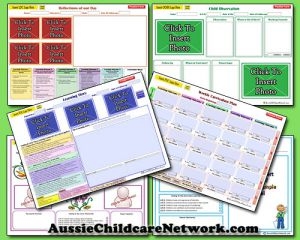 Within Australia, Programming and Planning is reflected and supported by the Early Years Learning Framework. Educators within early childhood settings, use the EYLF to guide
Within Australia, Programming and Planning is reflected and supported by the Early Years Learning Framework. Educators within early childhood settings, use the EYLF to guide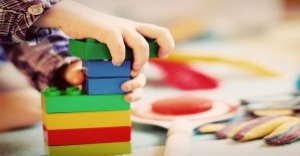 When observing children, it's important that we use a range of different observation methods from running records, learning stories to photographs and work samples. Using
When observing children, it's important that we use a range of different observation methods from running records, learning stories to photographs and work samples. Using This is a guide for educators on what to observe under each sub learning outcome from the EYLF Framework, when a child is engaged in
This is a guide for educators on what to observe under each sub learning outcome from the EYLF Framework, when a child is engaged in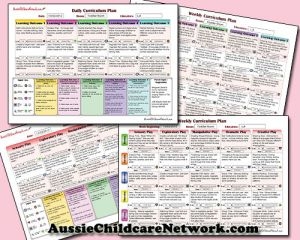 The Early Years Learning Framework describes the curriculum as “all the interactions, experiences, activities, routines and events, planned and unplanned, that occur in an environment
The Early Years Learning Framework describes the curriculum as “all the interactions, experiences, activities, routines and events, planned and unplanned, that occur in an environment


